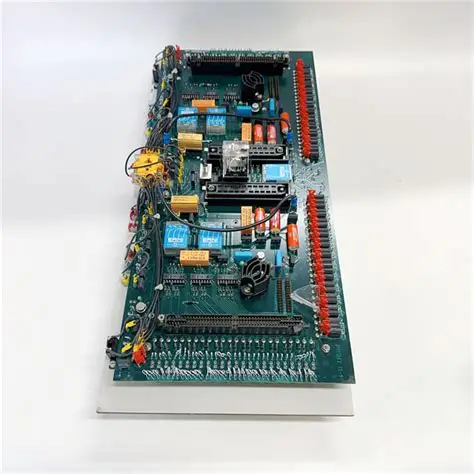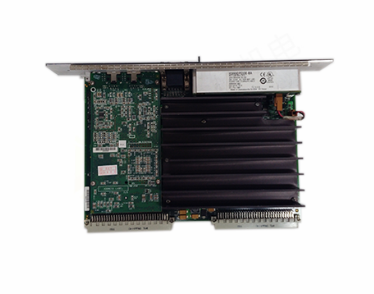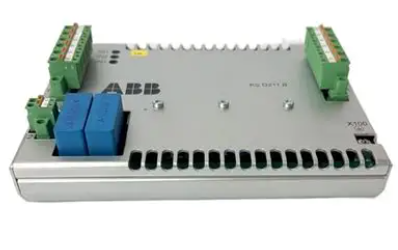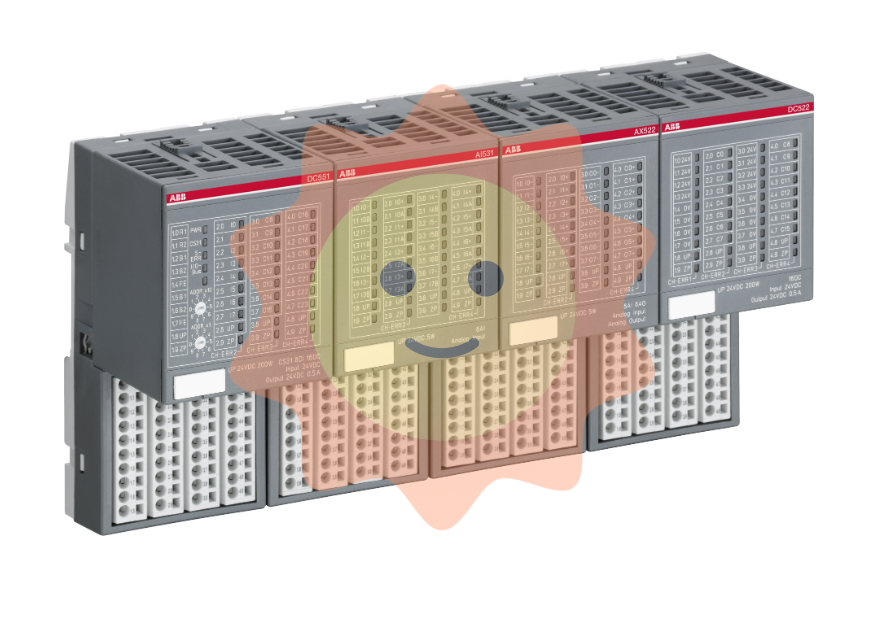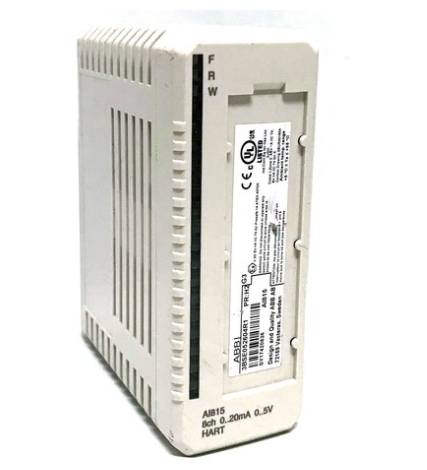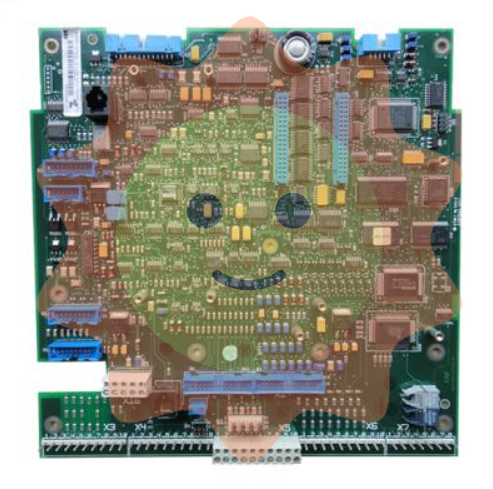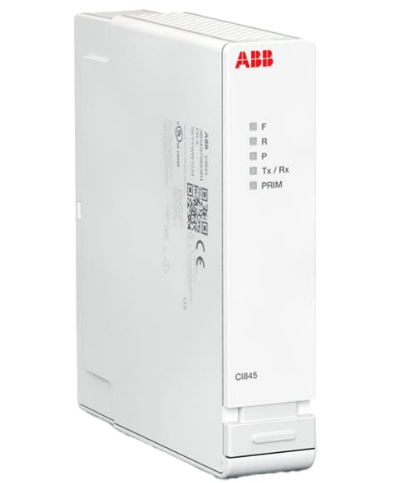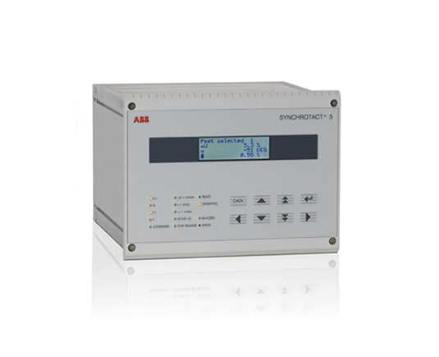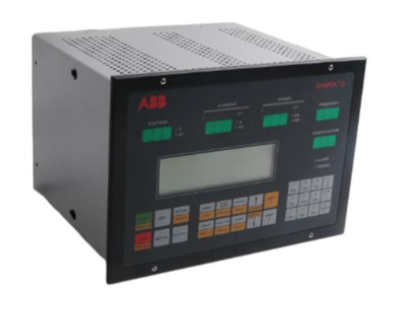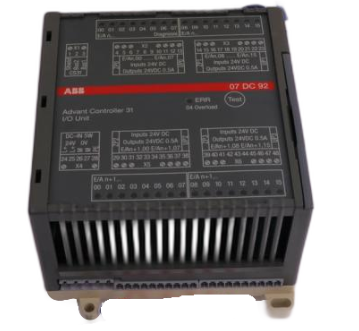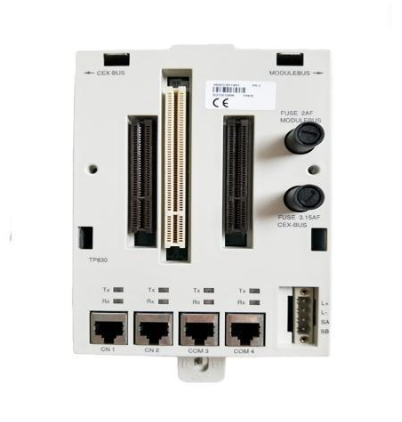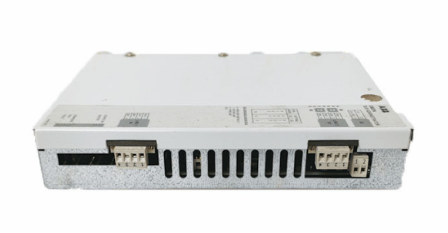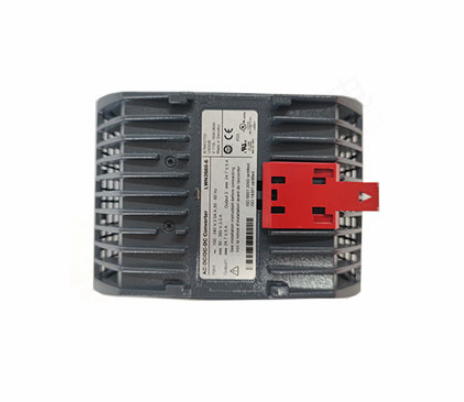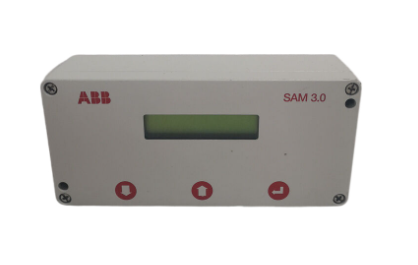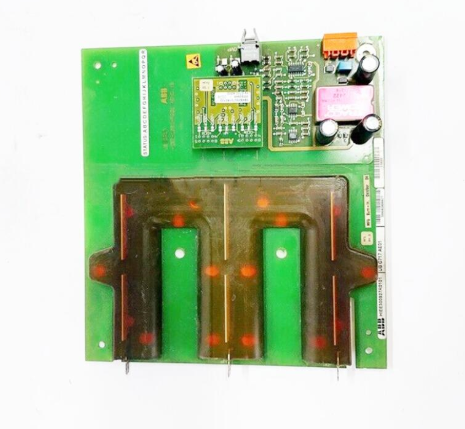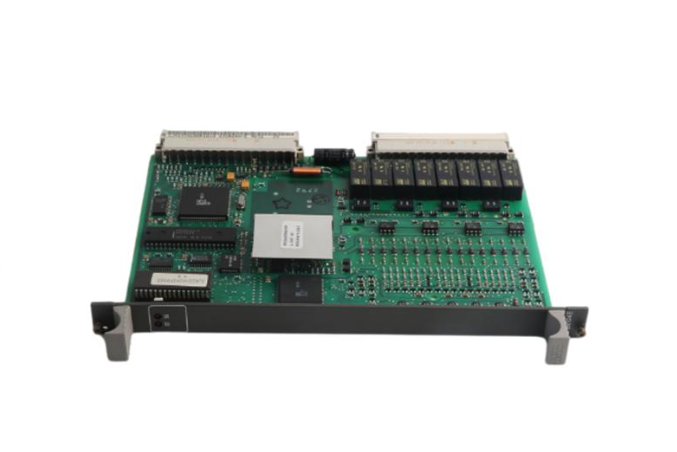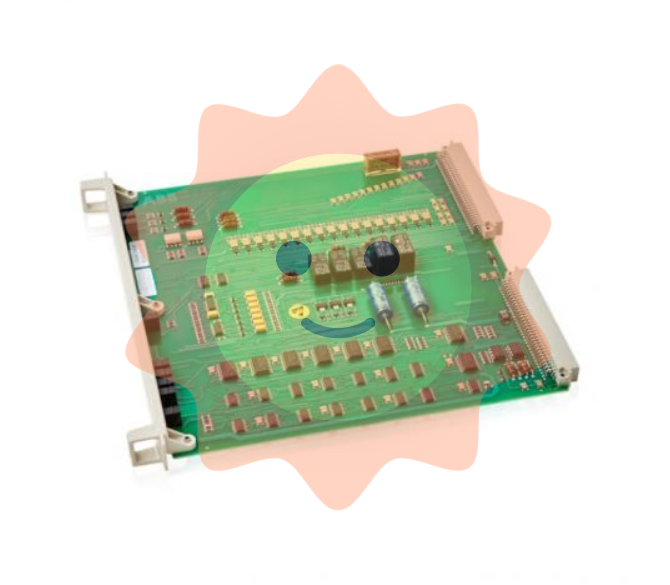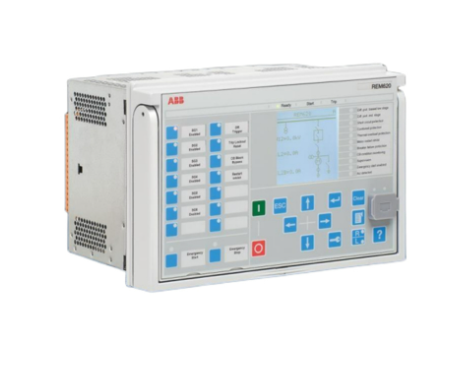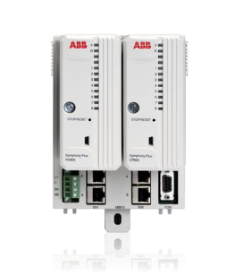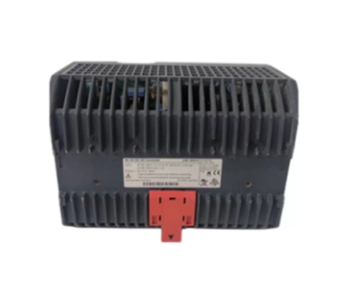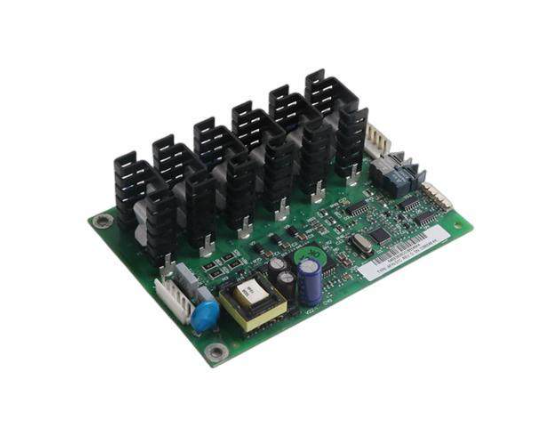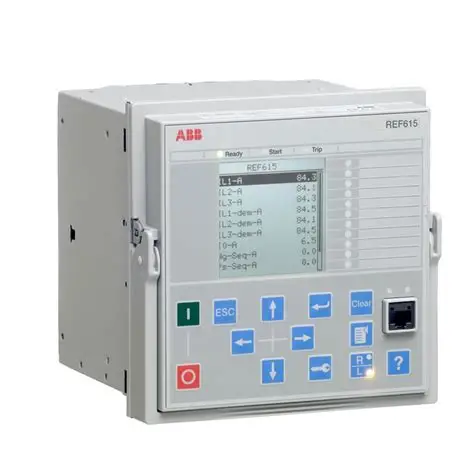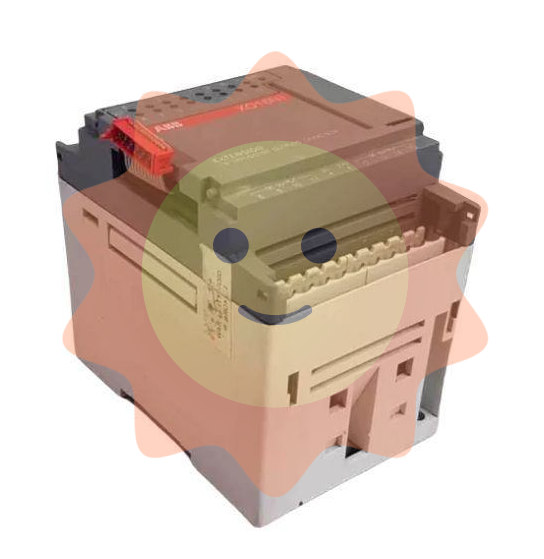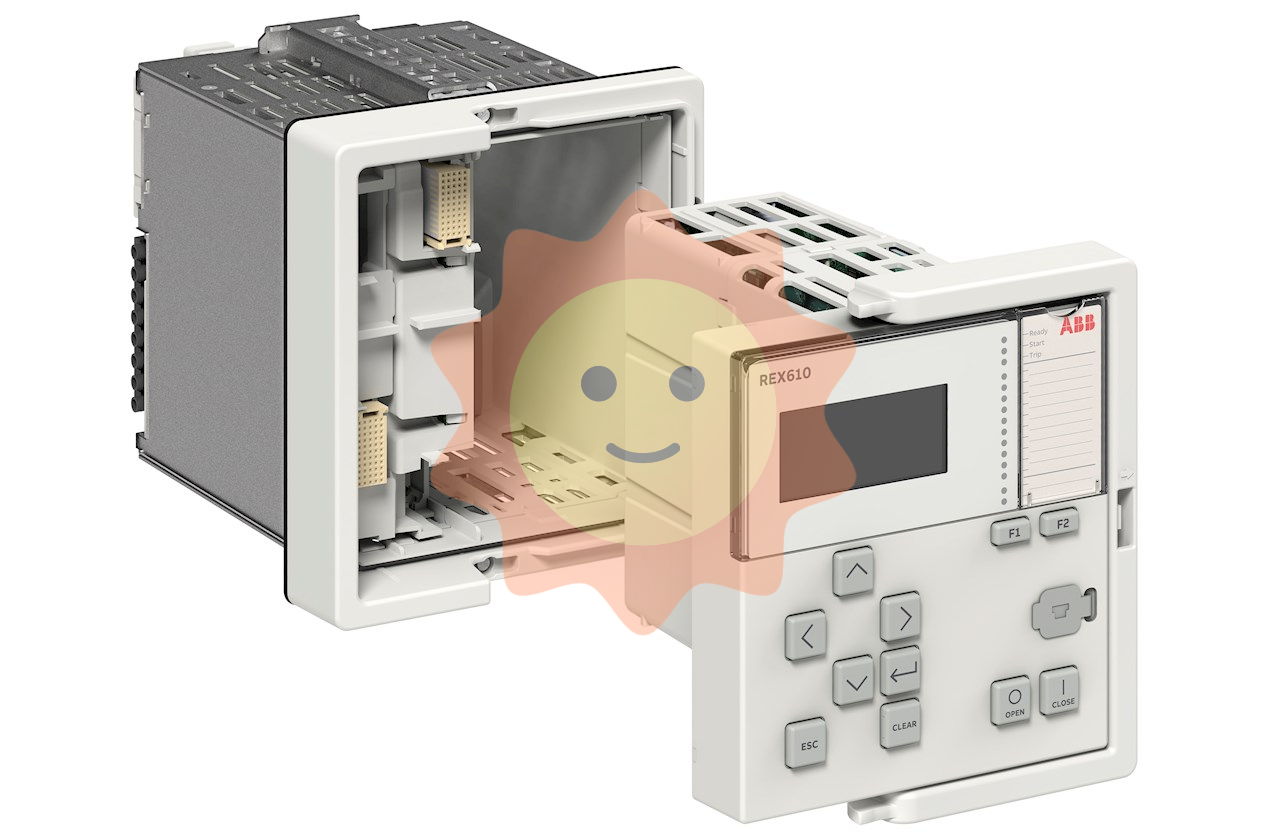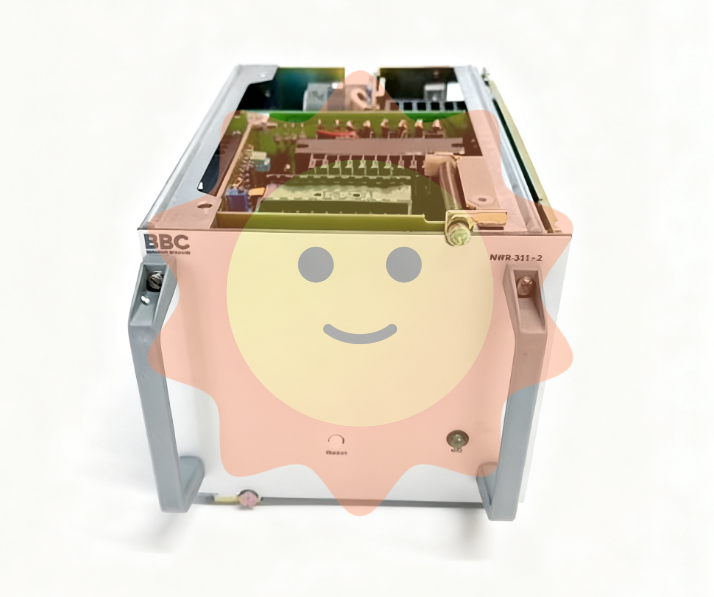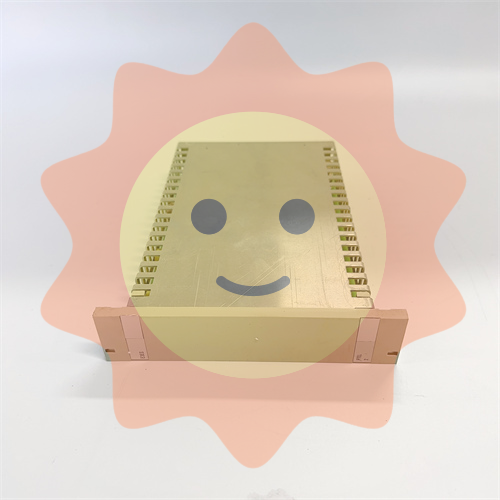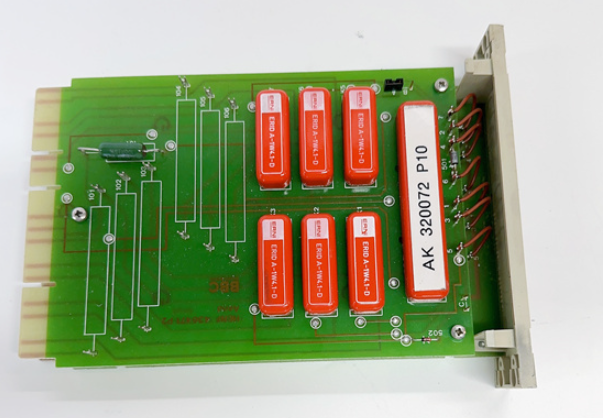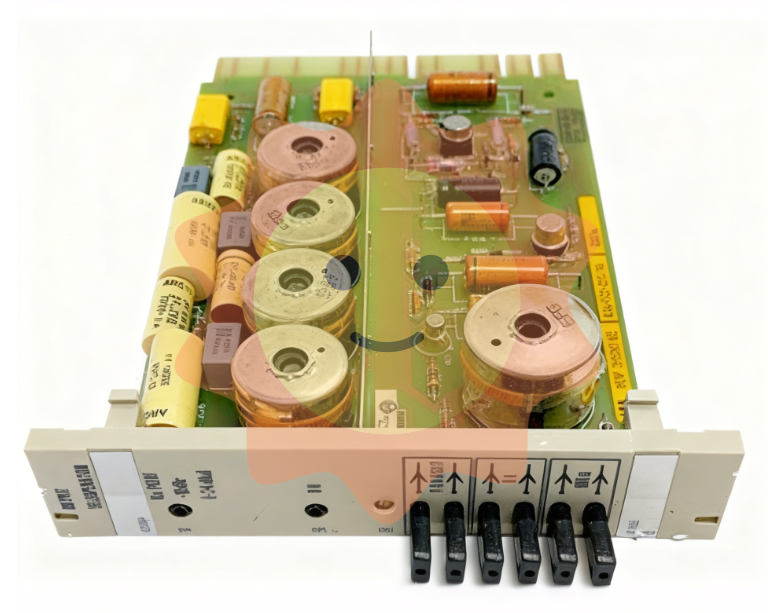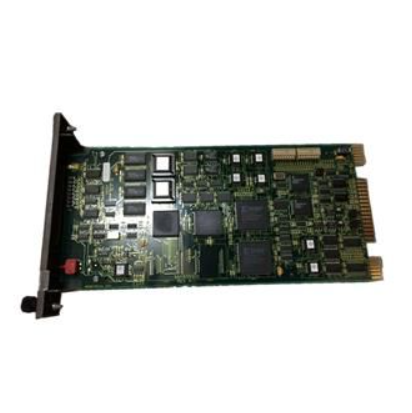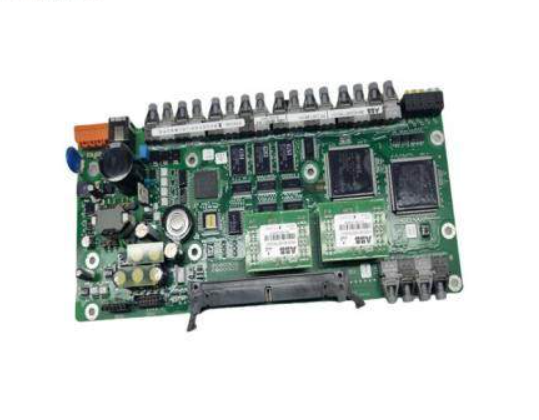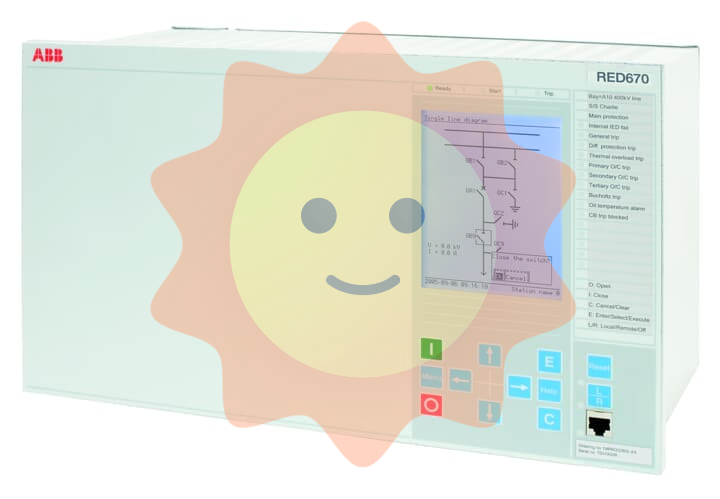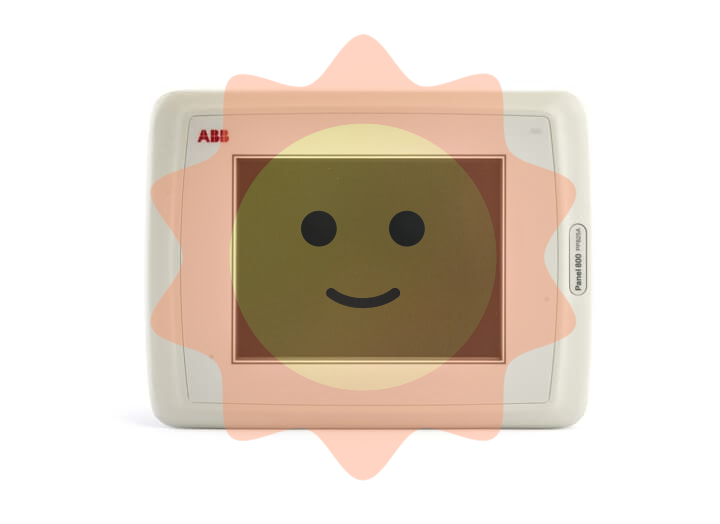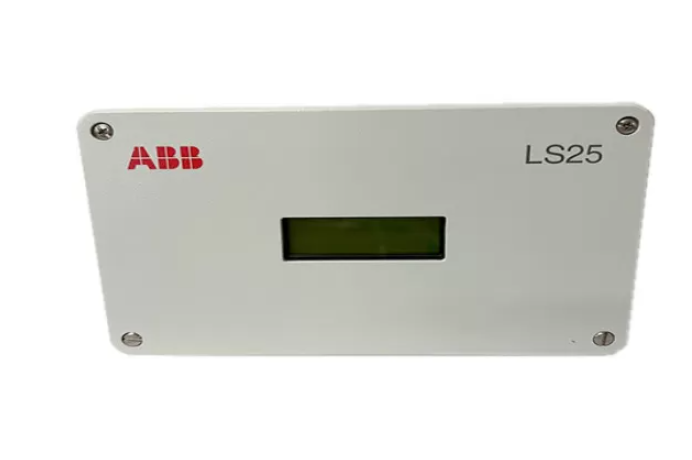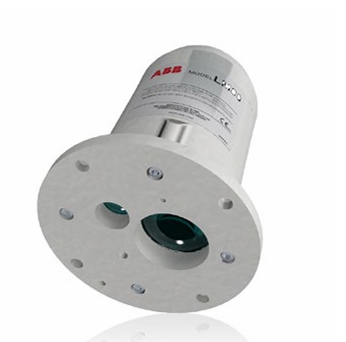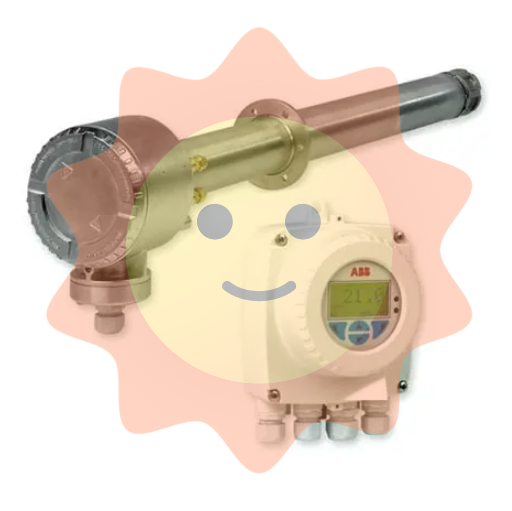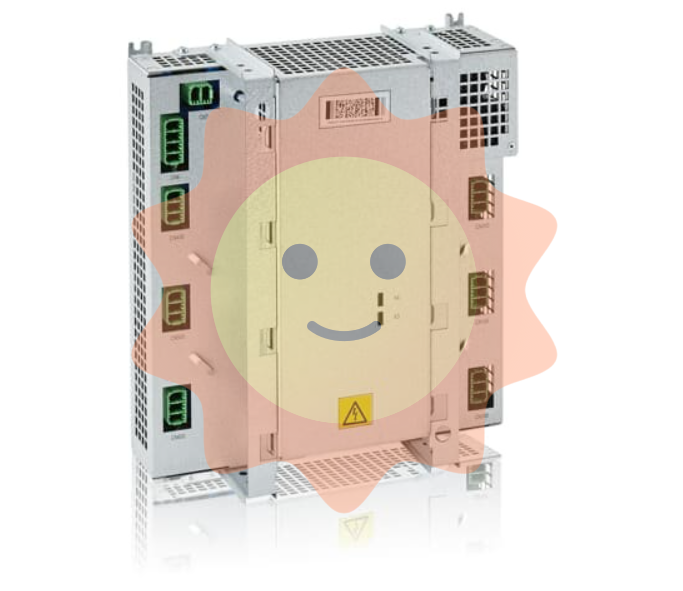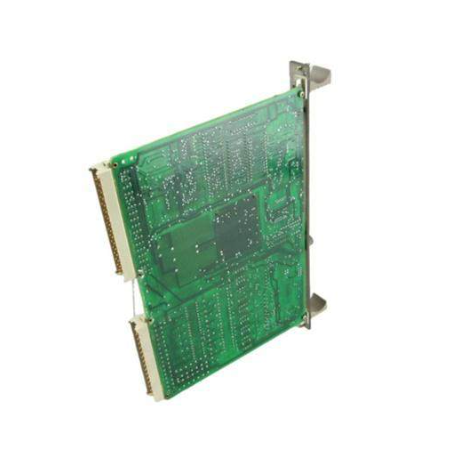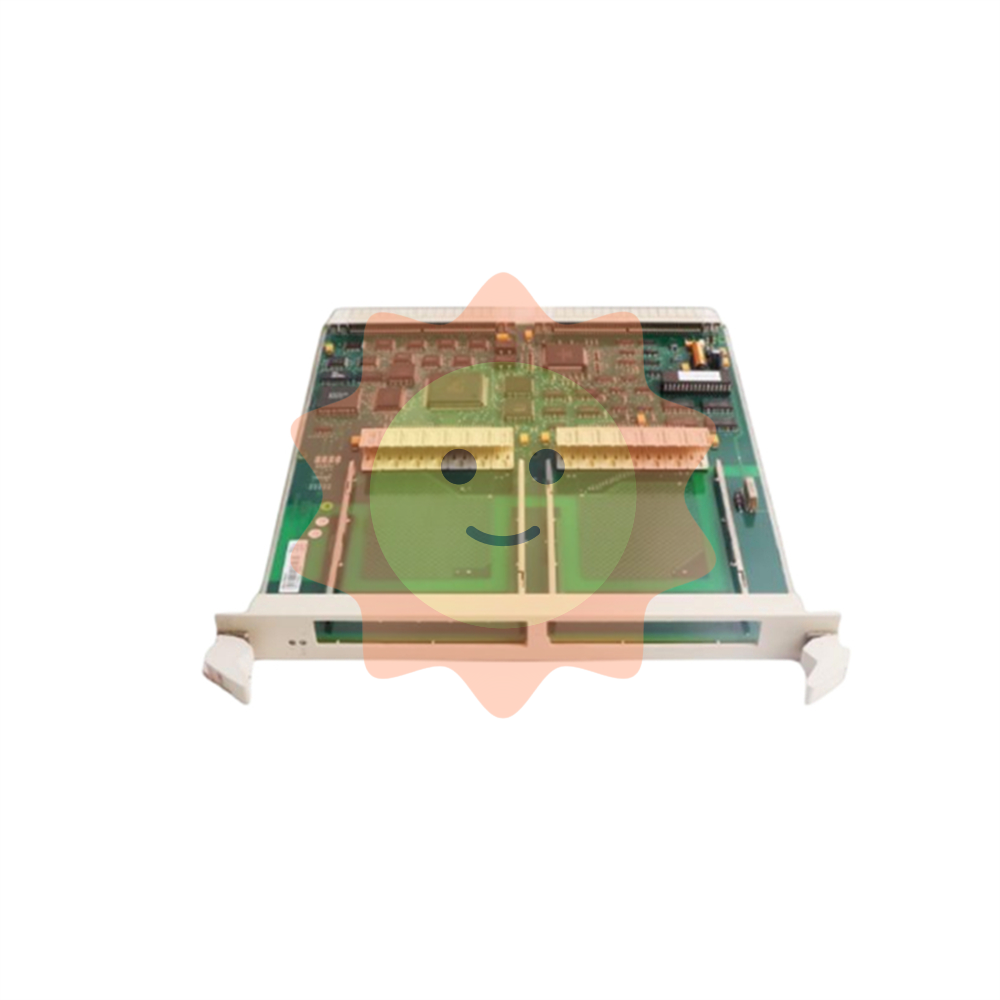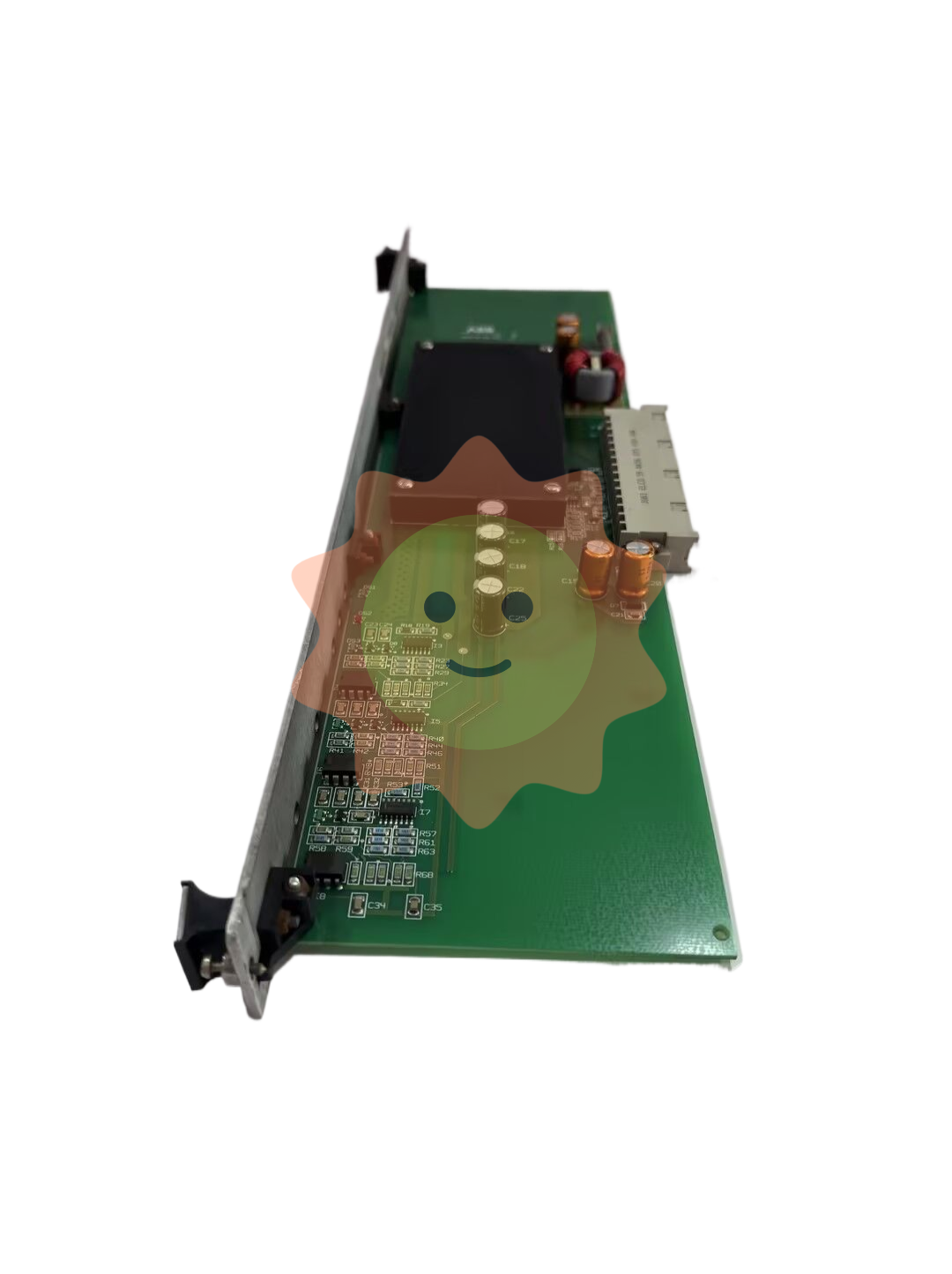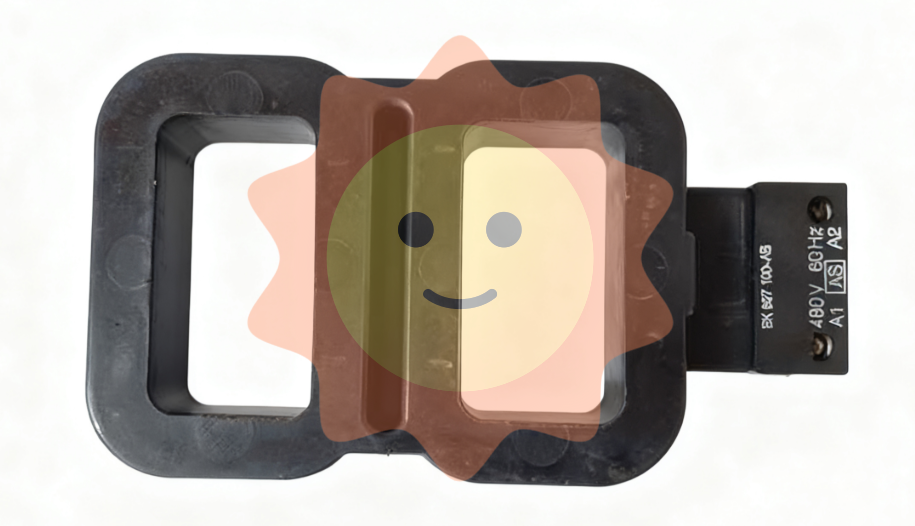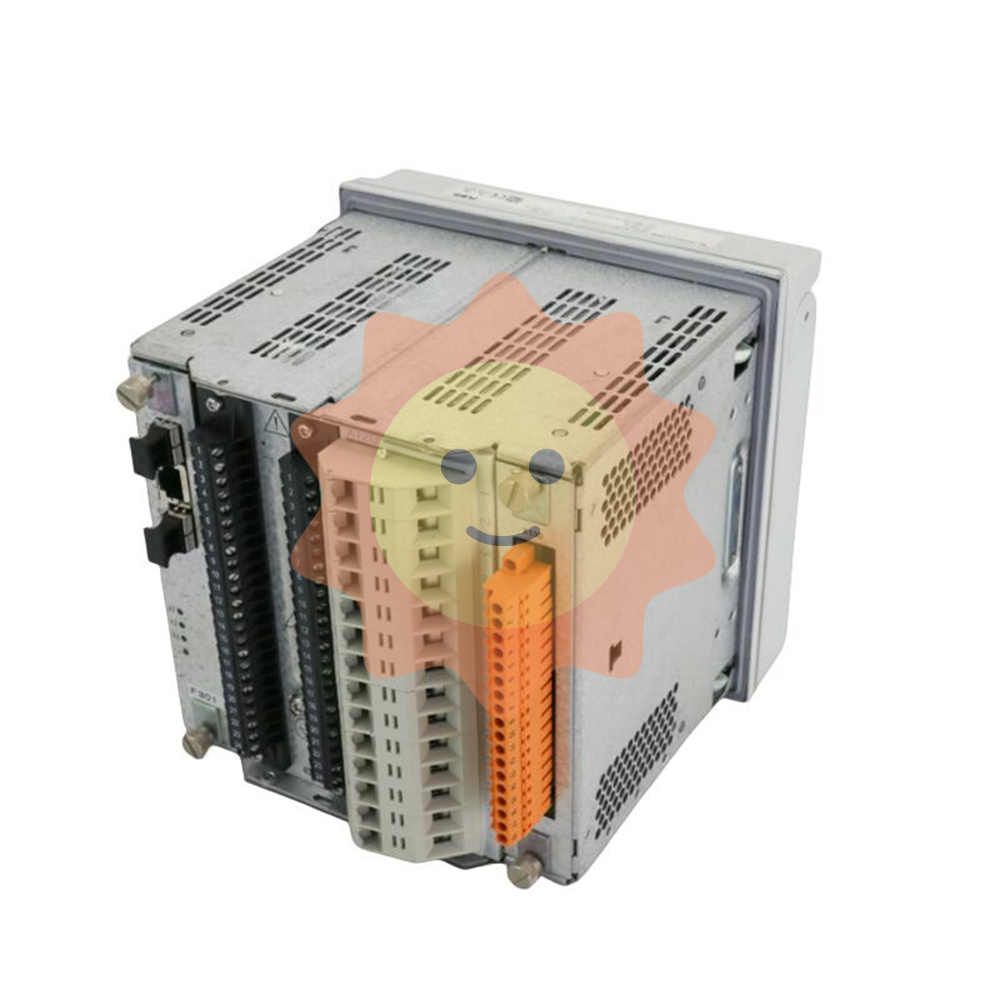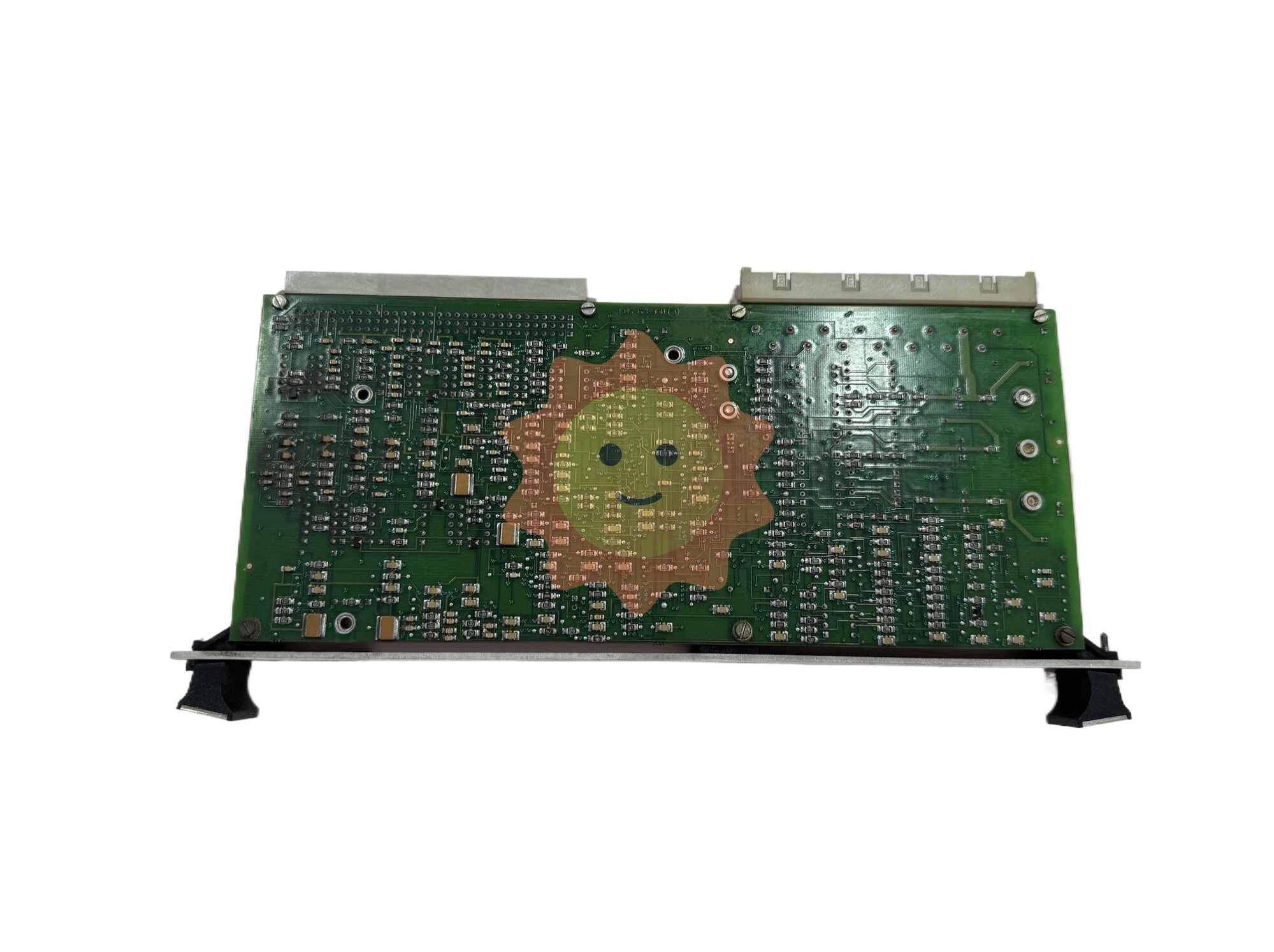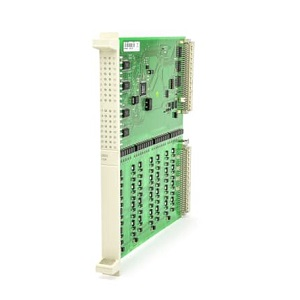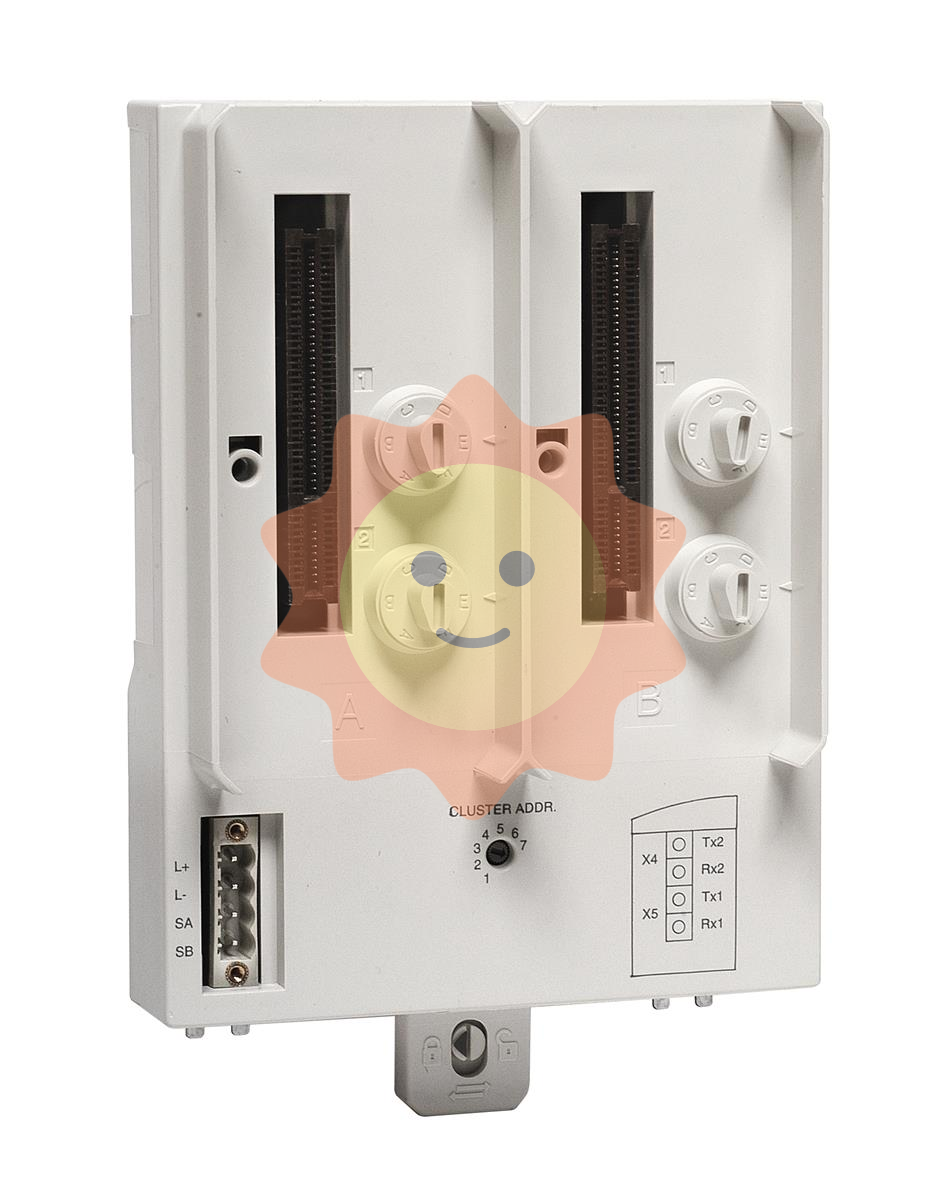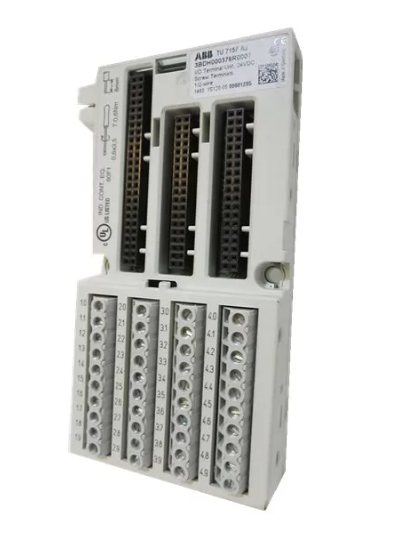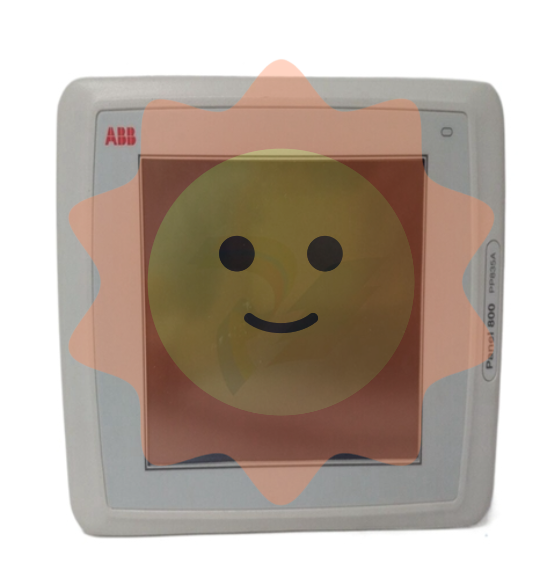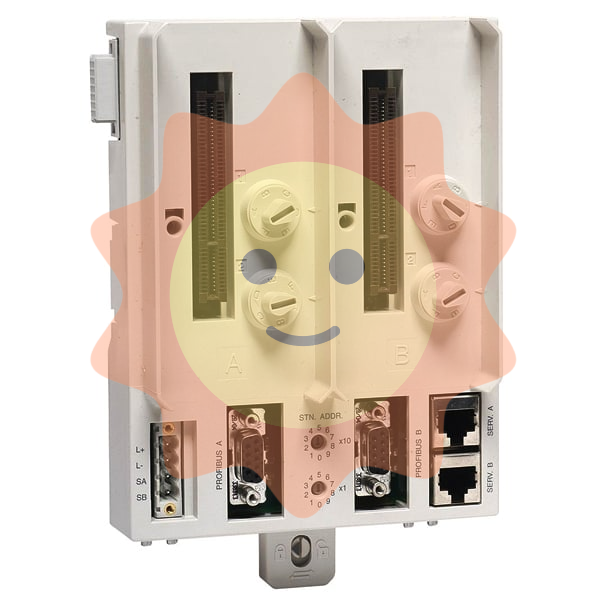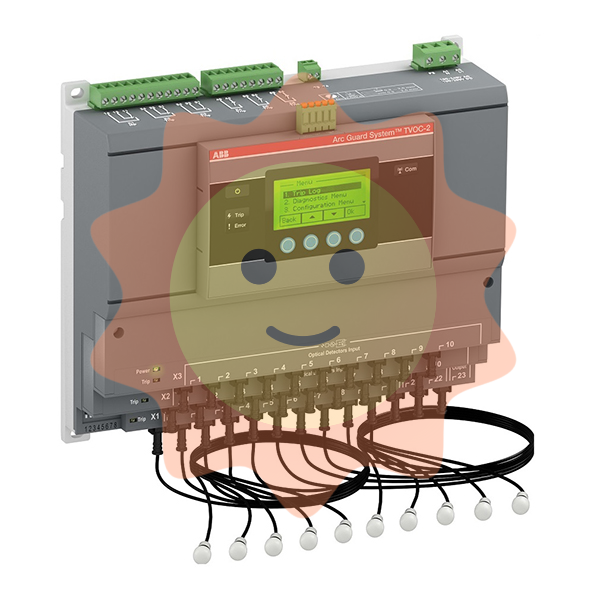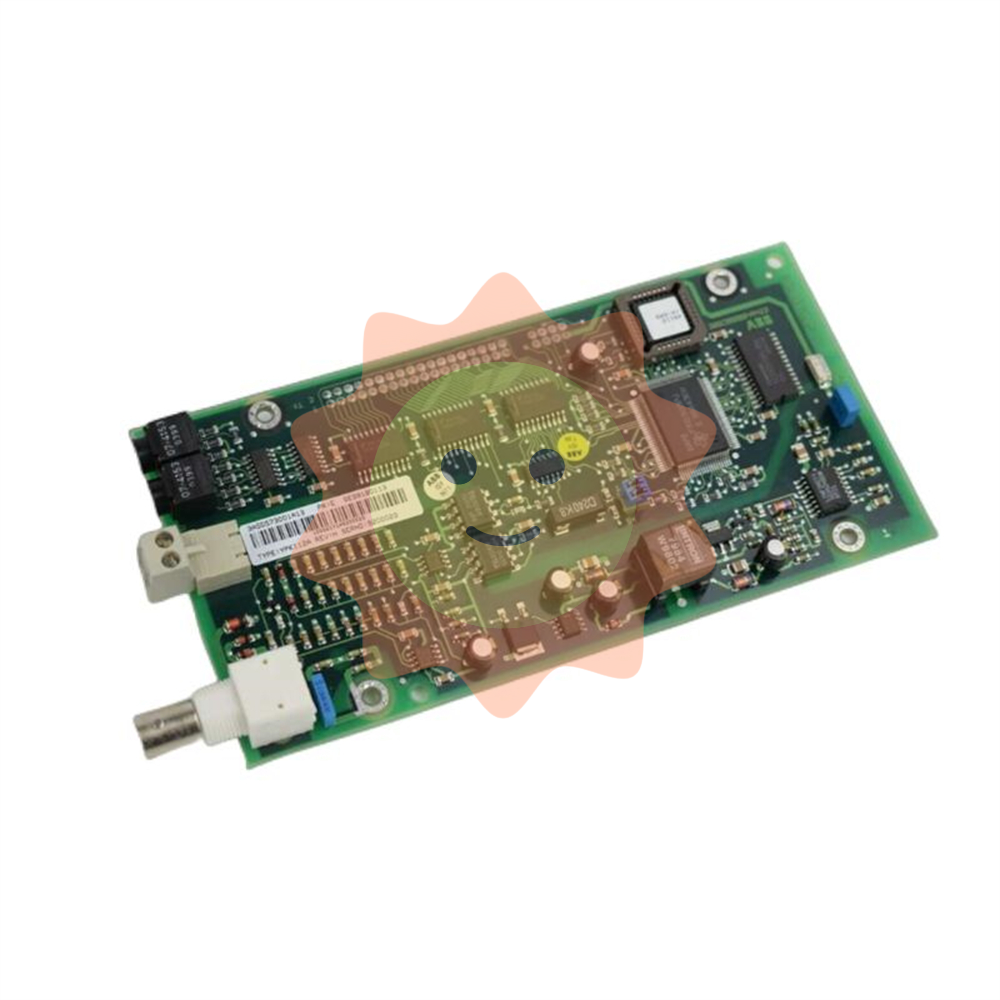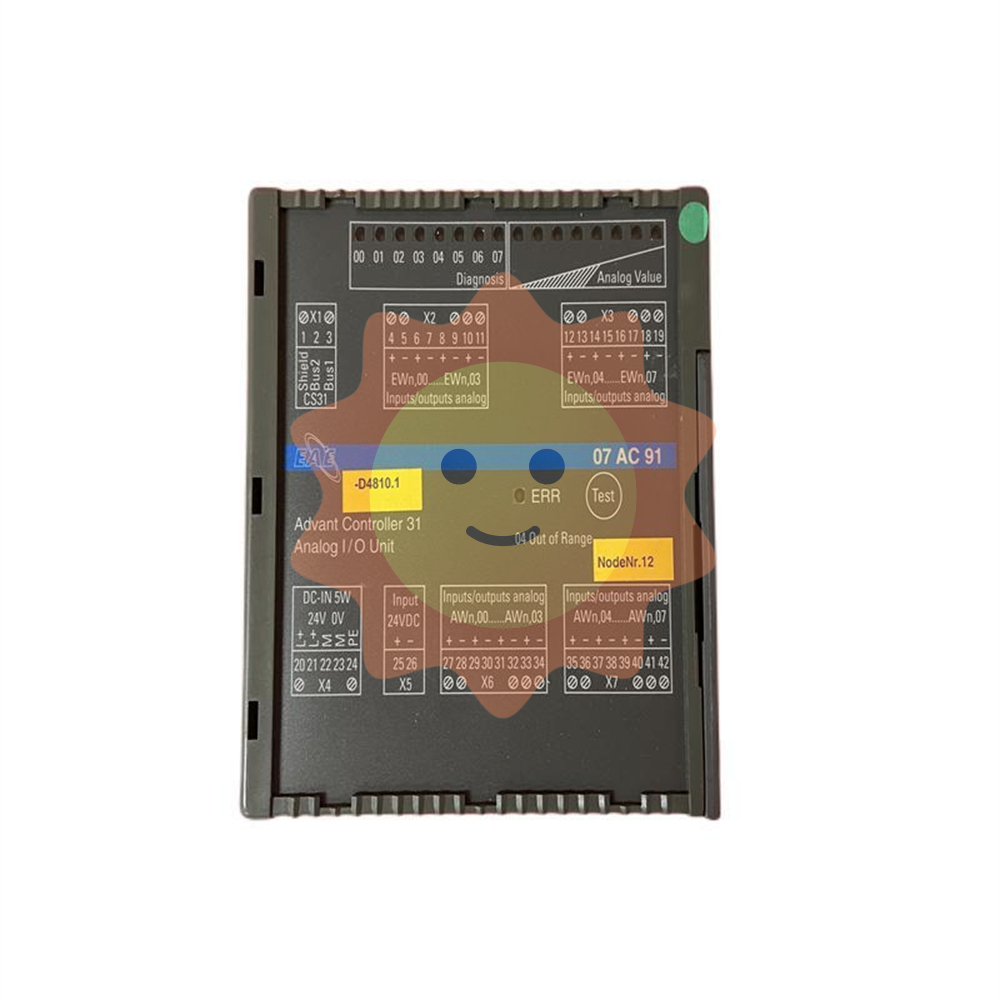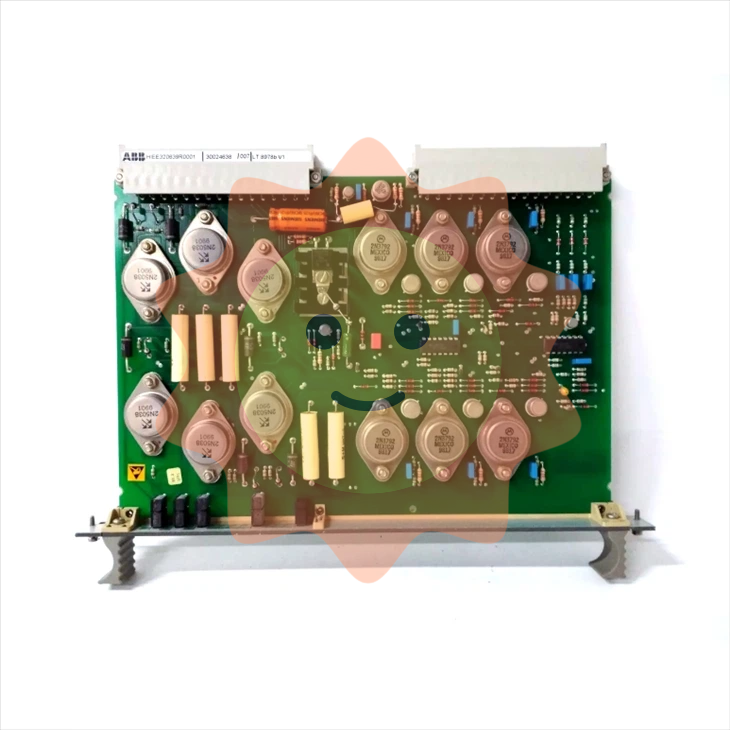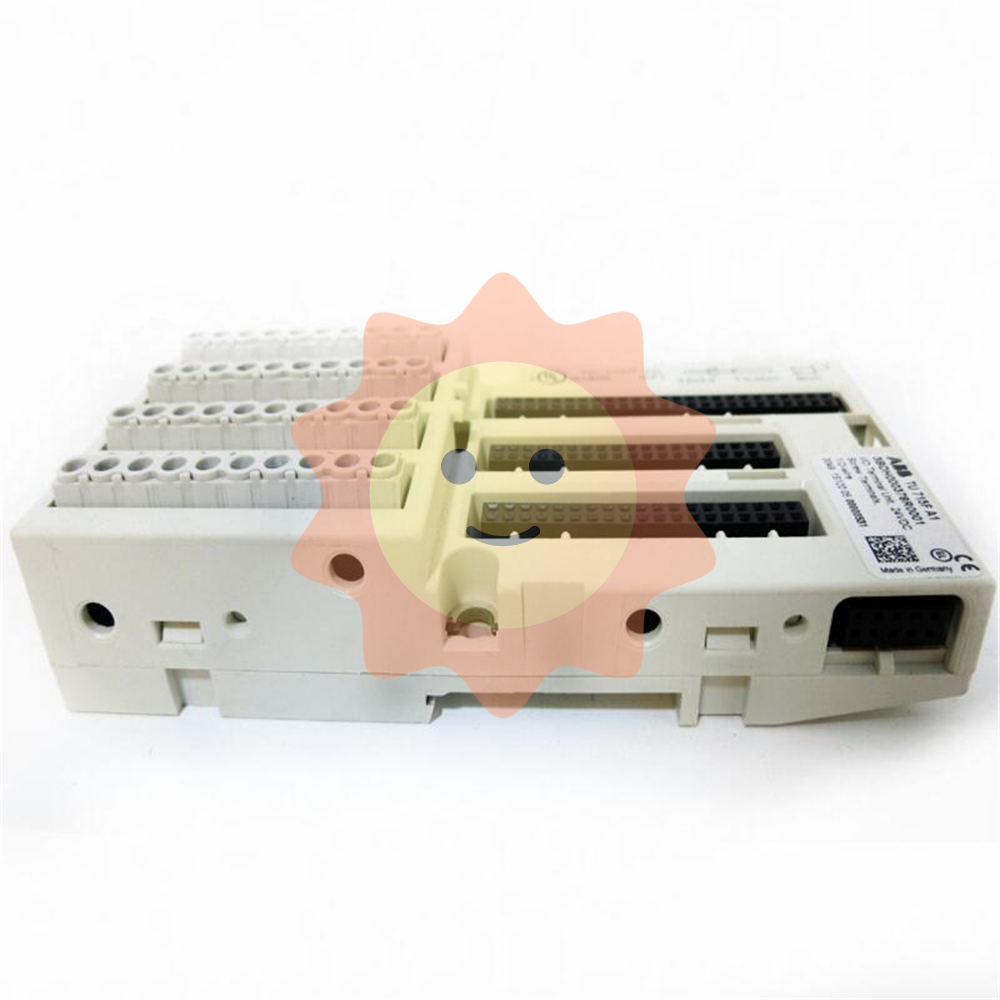How to ensure the safety and maintenance of YOKOGAWA LS3300 AC power calibrator?
(2) Wiring system
Supports 6 types of wiring systems, which need to be selected according to the calibration scenario. Different systems correspond to different device connection methods:
The number of devices required for the applicable scenarios of the wiring system
Single phase two-wire (1P2W) independent calibration of one device
Single phase two-wire (1P2W HI Current) high current output (20A and above) 2-3 units
Calibration of 2 single-phase three wire (1P3W) single-phase three wire systems
Three phase three wire (3P3W) calibration of two three-phase three wire systems
Three phase three wire (3V3A) three-phase three wire (three voltage three current method) calibration for 3 units
Three sets of three-phase four wire (3P4W) three-phase four wire system calibration
3. Other functions
Beeming control: Beeming can be turned on/off (such as voltage ≥ 150V, scan hold, etc.), but it cannot be turned off due to equipment failure (such as fan stoppage, overheating).
Display settings: Supports LCD screen off (wake up by pressing any key), brightness adjustment (0-10 levels), phase display is divided into Type1 (0 ° to the right) and Type2 (0 ° to the top).
Error log: Record error codes that occur during device operation (such as E.030 amplitude control error), clear after power failure, and can be viewed or cleared through the "UTILITY" menu.
Initialization: The device settings can be restored to factory default (except GP-IB and Ethernet settings), and in synchronous mode, the master device initialization will synchronize with the slave devices.
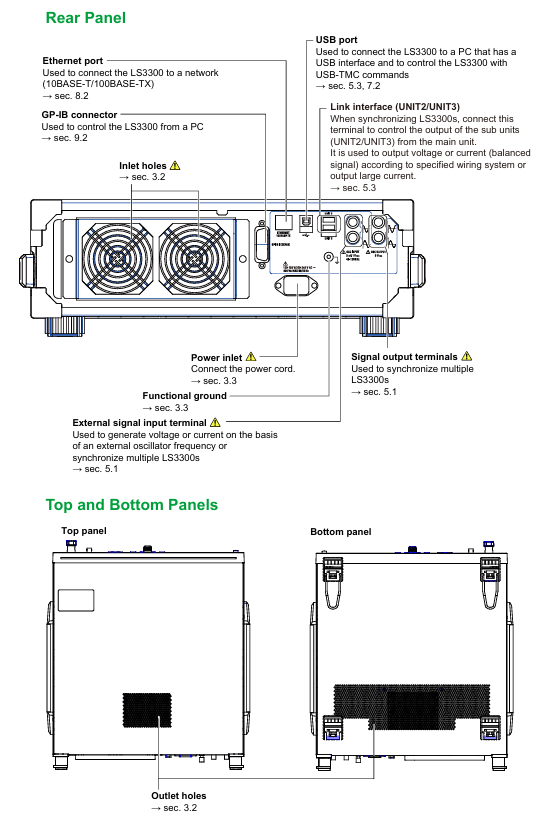
Communication interface
1. Interface type and specifications
The device supports three interfaces: USB, Ethernet, and GP-IB, which cannot be used simultaneously. Configuration needs to be switched through the "CONFIG" menu:
Interface type, specification parameters, purpose
USB 2.0 (HS/FS mode), supports USB-TMC protocol, connects to PC via Type B interface, and controls devices through USB-TMC commands
Ethernet 10BASE-T/100BASE-TX, RJ-45 interface, supports TCP/IP (VXI-11), DHCP network control, up to 3 devices can be connected simultaneously
GP-IB complies with IEEE 488.2 standard, addresses 0-30, supports NI GP-IB card traditional instrument control, and is suitable for GP-IB compatible systems
2. Remote/Local Mode Switching
Remote mode: After receiving a PC command, enter and the "REMOTE" indicator light will turn on. Only the "UTILITY" key can switch back to local mode, and other panel operations are invalid.
Local mode: Press the "UTILITY" key or receive a PC local switch command to enter, and the panel operation will return to normal.
Safety and Maintenance
1. Safety regulations
High voltage protection: The maximum output of the equipment is 1250Vrms. Before operation, remove metal jewelry and do not touch the output terminals or wires (even if the output is turned off, residual voltage may still cause electric shock).
Wiring safety: Before outputting, it is necessary to confirm that the wiring is correct (voltage wire connected to voltage terminal, current wire connected to current terminal, without short circuit/looseness); Do not touch the terminals during output, regularly check if the terminals are overheated or loose.
Fault handling: If there is smoke, odor, or abnormal noise, immediately cut off the power and disconnect the load; When the output automatically shuts off (such as overload protection), the fault needs to be eliminated (such as replacing the load) and then restarted.
2. Maintenance and repair
Filter cleaning: The rear air inlet filter needs to be checked and cleaned every 3 months. If it is dirty, clean it with neutral detergent and let it dry naturally. Blocking can cause the equipment to overheat; The filter screen is damaged and needs to be replaced by contacting a Yokogawa dealer.
Self check function: Automatically perform self check (check fan, voltage/current range, internal circuit) when turned on, or manually through the "UTILITY" menu. If the self check fails, an error code will be displayed (such as E.901 indicating fan failure).
Calibration and replacement: It is recommended to calibrate once a year to ensure accuracy. Cooling fans (3 years), filters (1 year), and LCDs (approximately 40000 hours) should be replaced according to the recommended cycle, and maintenance should be carried out by Yokogawa certified personnel.

- EMERSON
- Honeywell
- CTI
- Rolls-Royce
- General Electric
- Woodward
- Yaskawa
- xYCOM
- Motorola
- Siemens
- Rockwell
- ABB
- B&R
- HIMA
- Construction site
- electricity
- Automobile market
- PLC
- DCS
- Motor drivers
- VSD
- Implications
- cement
- CO2
- CEM
- methane
- Artificial intelligence
- Titanic
- Solar energy
- Hydrogen fuel cell
- Hydrogen and fuel cells
- Hydrogen and oxygen fuel cells
- tyre
- Chemical fiber
- dynamo
- corpuscle
- Pulp and paper
- printing
- fossil
- FANUC
- Food and beverage
- Life science
- Sewage treatment
- Personal care
- electricity
- boats
- infrastructure
- Automobile industry
- metallurgy
- Nuclear power generation
- Geothermal power generation
- Water and wastewater
- Infrastructure construction
- Mine hazard
- steel
- papermaking
- Natural gas industry
- Infrastructure construction
- Power and energy
- Rubber and plastic
- Renewable energy
- pharmacy
- mining
- Plastic industry
- Schneider
- Kongsberg
- NI
- Wind energy
- International petroleum
- International new energy network
- gas
- WATLOW
- ProSoft
- SEW
- wind
- ADVANCED
- Reliance
- YOKOGAWA
- TRICONEX
- FOXBORO
- METSO
- MAN
- Advantest
- ADVANCED
- ALSTOM
- Control Wave
- AB
- AMAT
- STUDER
- KONGSBERG
- MOTOROLA
- DANAHER MOTION
- Bently
- Galil
- EATON
- MOLEX
- Triconex
- DEIF
- B&W
- ZYGO
- Aerotech
- DANFOSS
- KOLLMORGEN
- Beijer
- Endress+Hauser
- MOOG
- KB
- Moxa
- Rexroth


Email:wang@kongjiangauto.com

